The digital transformation creates huge business opportunities for those mastering it. Hence, our research focuses on assurance of digital assets and applications of digital technologies in assurance.
DNV is an assurance and risk management company. For more than 150 years we have been enabling and enhancing our customers business through assurance and advisory services. The digital transformation impacts both our customers and us. Our ambition is to lead the digital transformation of assurance and lead in the assurance of digital assets. We also aim to leverage digital technologies to tackle other global transformations. And our overall goal is to shape the future of digital assurance.
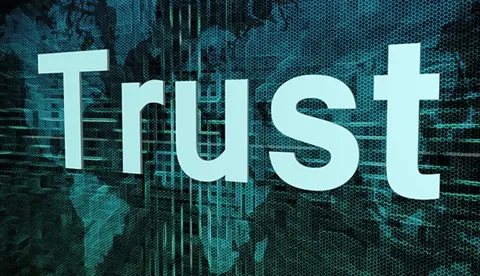
Implementing Trustworthy and Responsible AI for Critical Infrastructure
Implementing Trustworthy and Responsible AI for Critical Infrastructure
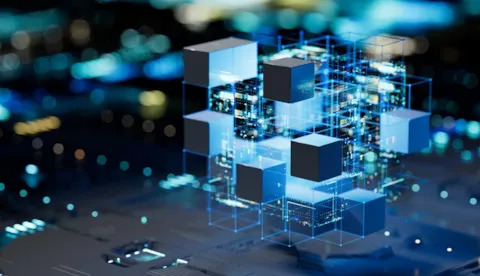
Painting the AI Risk Picture
Painting the AI Risk Picture
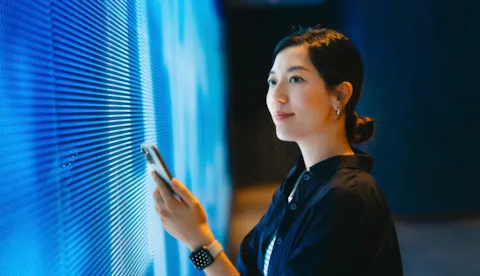
Optimizing Human-AI Collaboration
Optimizing Human-AI Collaboration for Trustworthy and Responsible Industrial AI

A better understanding of climate risk and uncertainty
Uncertainty and climate risk content page

Trustworthy climate information for decision making
The role of high-quality climate services is becoming increasingly important in guiding decision-makers towards a resilient future amidst escalating climate challenges.

Building trust in AI
As the integration of artificial intelligence (AI) becomes more prevalent across industries, the need for trust in AI technologies becomes increasingly vital. A series of workshops organized by NorwAI aimed to explore the concept of trust in AI, industry-specific trust needs and challenges related to AI-enabled systems, and potential opportunities for AI innovation. This article summarizes the key findings from the workshops, providing insights into the significance of trust in AI.
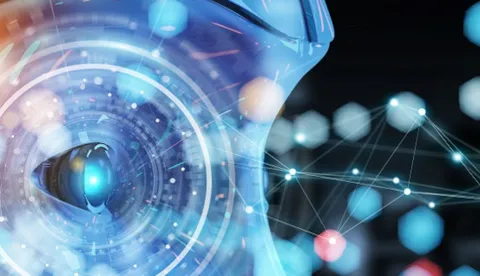
Beyond words?
The public release in November 2022 of ChatGPT, a large language model (LLM) from OpenAI, was met with both amazement and alarm. Since then, we have seen astonishing developments with new models and use cases popping up across all domains of society. Here, we explain what LLMs and GPTs are, describe their strengths and weaknesses, and discuss the associated opportunities and risks.
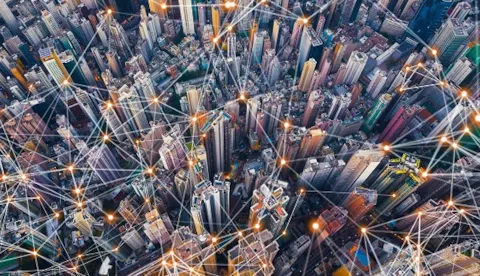
Digital Assurance Fundamentals
We explore how the digital transformation impacts our customers and how assurance helps customers create value. We develop generic concepts and approaches to tackle digital transformation.
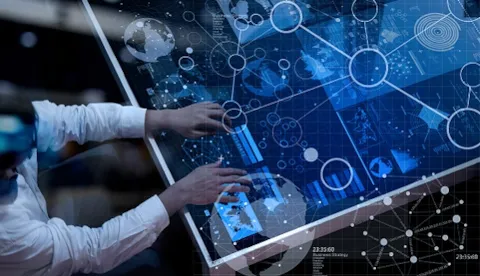
Technologies in Digital Assurance
We explore and develop frameworks, methods and tools for digital ways of delivering assurance and assurance of digital assets.
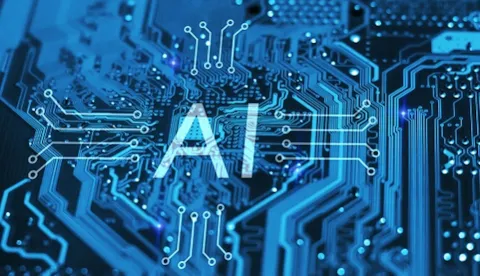
Artificial Intelligence
We explore and develop capabilities to perform assuance of assets containing AI/ML and advanced algorithms.We leverage AI and smart industry technology in our novel assurance offerings.